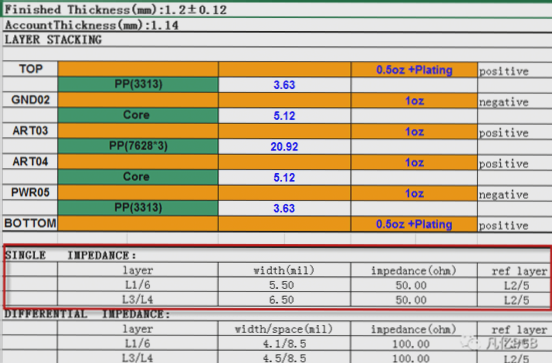Benefits of Writing Your Own PCB Design Rule Checker
- Developers of circuit schematic generation tools must offer user-friendly Design Rule Checker (DRC) tools for designers.
- Writing a custom PCB design rule checker allows for better control and optimization of the design process.
- Custom DRC tools can enhance production efficiency and reduce costs by adapting to specific design requirements.
- Creating a personalized DRC tool can lead to improved product quality and reliability.
While general-purpose DRC tools may lack flexibility to meet specific design needs, customers can communicate new feature requirements to developers. However, developing custom DRC tools can be time-consuming and costly, especially with frequent updates. Despite the availability of tools for writing custom DRCs, their utilization remains limited.
Utilizing DRC Tools
The Design Rule Checker (DRC) is essential for detecting deviations in PCB designs, ensuring adherence to design rules. By examining the entire circuit diagram, including symbols, pins, nets, and attributes, DRC tools can flag violations that may impact design integrity.
One key advantage of DRC tools is their adaptability to accommodate new design features, enabling easy updates to address evolving requirements. With experience, designers can expand DRC functionalities, such as creating custom bill of materials (BOM) tools or Verilog netlist analyzers.
For instance, designers can leverage tools like ViewDraw from Mentor Graphics to develop efficient DRC solutions. By utilizing simplified C routines provided by ViewBase, designers can create tailored DRC tools to enhance design analysis and verification.
Input Files for DRC
In addition to the circuit diagram database, DRC tools require specific input files to handle unique scenarios, such as automatic power plane connections. These input files, stored in a designated global location, provide essential information for DRC operations.

Legal Power Net Names in PCB Design
The file legal_pwr_net_name is crucial in PCB layout/routing tools as it contains all legal net names of POWER signals, like VCC and VDD. These names must be case-sensitive, meaning VCC is different from Vcc or vcc. For instance, VCC could represent a 5.0V power supply, while V3_3P might denote a 3.3V power supply.
In tools like Cadence Design Systems Allegro, the pcbfwd file, often named allegro.cfg, lists essential powerline net names:
- Ground: VSS CGND GND GROUND
- Power supply: VCC VDD VEE V3_3P V2_5P 5V 12V
Using the allegro.cfg file directly in DRC can yield better results by reducing the chances of errors compared to relying solely on legal_pwr_net_name.
Some symbols in PCB design require external power line pins because they are not connected to regular power line layers. For example, an ECL device’s VCC pin can connect to either VCC or GROUND, while its VEE pin can connect to GROUND or a -5.0V plane. Additionally, power line pins may pass through filters before reaching the power line layer.
Power pins are typically not directly attached to the device symbol but are defined through attributes like SIGNAL:
- SIGNAL = VCC:10
- SIGNAL = GROUND:20
By reading these attributes, the DRC ensures that net names are included in the legal_pwr_net_name file. Failing to include a net name in this file can lead to power pins not connecting to the power plane, posing a serious issue on a PCB board.



